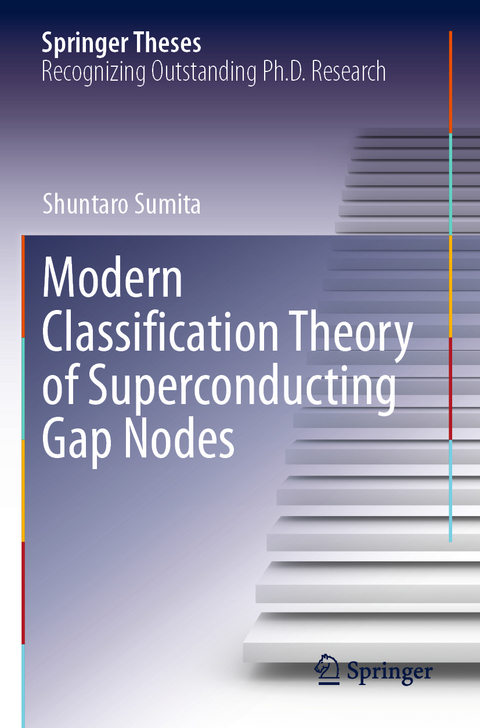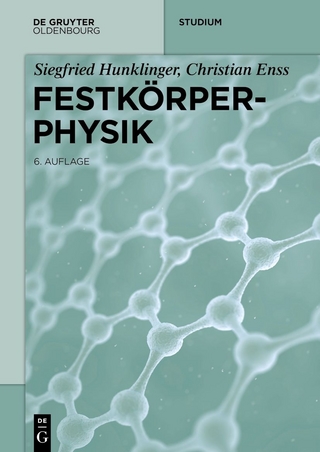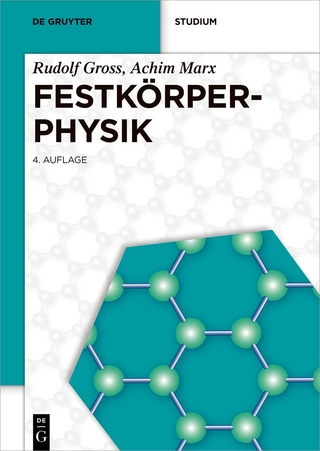
Modern Classification Theory of Superconducting Gap Nodes
Seiten
2021
|
1st ed. 2021
Springer Verlag, Singapore
978-981-334-266-8 (ISBN)
Springer Verlag, Singapore
978-981-334-266-8 (ISBN)
This book puts forward a modern classification theory for superconducting gap nodes, whose structures can be observed by experiments and are essential for understanding unconventional superconductivity. In the first part of the book, the classification method, based on group theory and K theory, is introduced in a step-by-step, pedagogical way. In turn, the latter part presents comprehensive classification tables, which include various nontrivial gap (node) structures, which are not predicted by the Sigrist-Ueda method, but are by the new method. The results obtained here show that crystal symmetry and/or angular momentum impose critical constraints on the superconducting gap structures. Lastly, the book lists a range of candidate superconductors for the nontrivial gap nodes.
The classification methods and tables presented here offer an essential basis for further investigations into unconventional superconductivity. They indicate that previous experimental studies should bereinterpreted, while future experiments should reflect the new excitation spectrum.
The classification methods and tables presented here offer an essential basis for further investigations into unconventional superconductivity. They indicate that previous experimental studies should bereinterpreted, while future experiments should reflect the new excitation spectrum.
Shuntaro Sumita is a postdoctoral researcher at Condensed Matter Theory Laboratory, RIKEN Cluster for Pioneering Reserach. He received his Bachelor of Science and Master of Science from Kyoto University in 2015 and 2017, respectively. He received his PhD in science from Kyoto University in March 2020. He was awarded a Research Fellowship for Young Scientists (DC1) by the Japan Society for the Promotion of Science (JSPS) and his research was supported by the JSPS from 2017 to 2020.
Introduction.- Method: Classification Theory of Superconducting Gap.- Superconducting Gap Classification on High-Symmetry Planes.- Superconducting Gap Classification on High-Symmetry Lines.- Conclusion.
| Erscheinungsdatum | 29.12.2021 |
|---|---|
| Reihe/Serie | Springer Theses |
| Zusatzinfo | 27 Illustrations, color; 1 Illustrations, black and white; XVII, 108 p. 28 illus., 27 illus. in color. |
| Verlagsort | Singapore |
| Sprache | englisch |
| Maße | 155 x 235 mm |
| Themenwelt | Naturwissenschaften ► Physik / Astronomie ► Festkörperphysik |
| Naturwissenschaften ► Physik / Astronomie ► Thermodynamik | |
| Technik ► Elektrotechnik / Energietechnik | |
| Technik ► Maschinenbau | |
| Schlagworte | Classification of Superconducting Gap Nodes • Classification Theory of Superconductivity • Group Theory Classification of Symmetry-Protected Line Nodes • Magnetic Multipole • Majorana Flat Band • Phenomenology of Superconductivity • strongly correlated electron systems • Superconducting Gap Structures • Topological Classification of Symmetry-Protected Line Nodes |
| ISBN-10 | 981-334-266-8 / 9813342668 |
| ISBN-13 | 978-981-334-266-8 / 9789813342668 |
| Zustand | Neuware |
| Haben Sie eine Frage zum Produkt? |
Mehr entdecken
aus dem Bereich
aus dem Bereich


